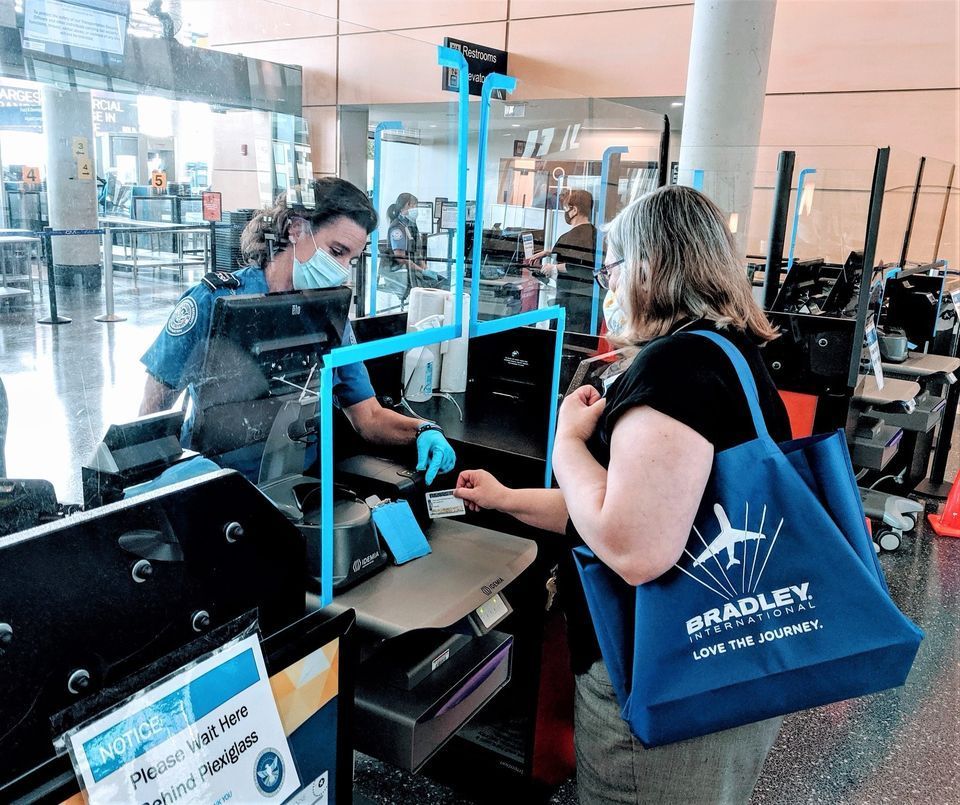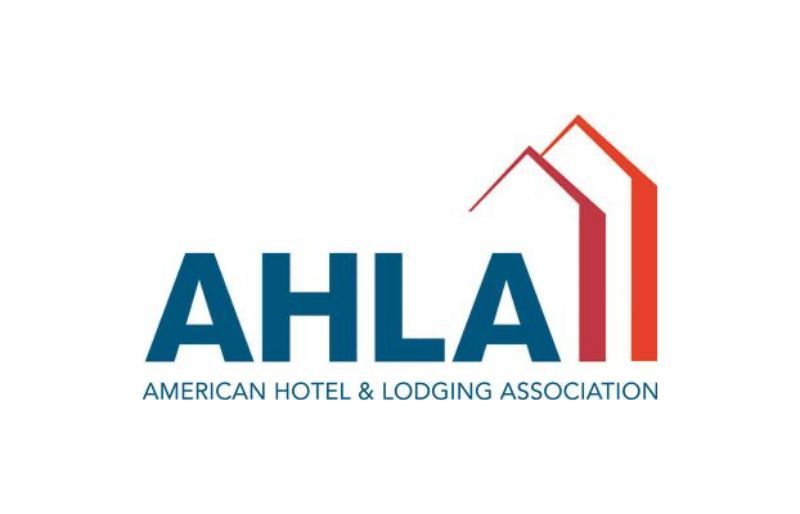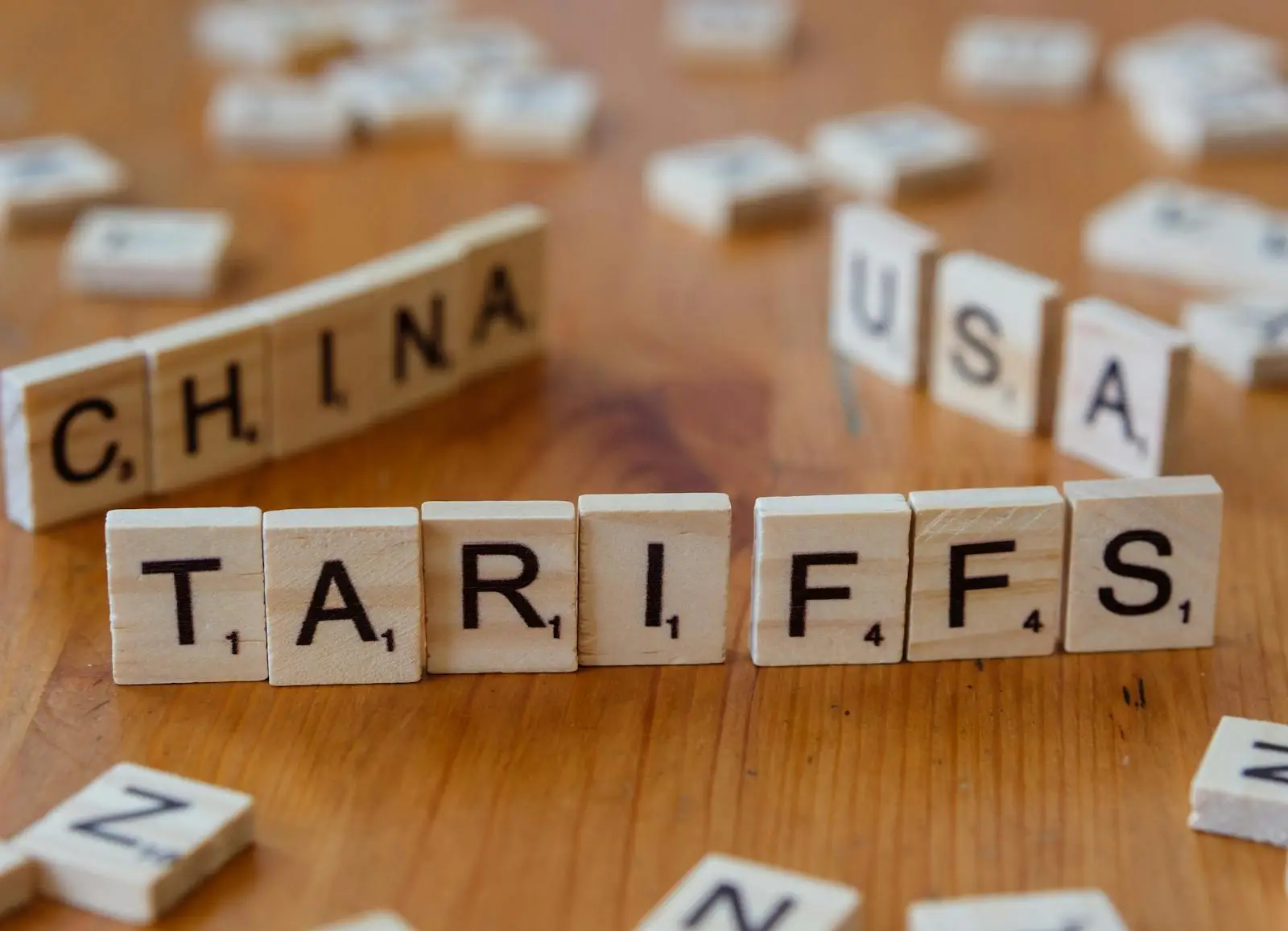The Transportation Security Administration (TSA) reported screening more than 1 million airline passengers on four individual days during the Thanksgiving holiday travel period, which began Friday, November 20 and ended Sunday, November 29.
The total travel volume of passengers screened by the TSA over the 10-day period was approximately 9.5 million passengers, with volumes ranging from 35% to 45% of 2019 volumes during the same time frame. On April 14, TSA screening volumes dropped to a low of 87,500, or just 4% of travel volume compared to the year prior.
Since recording that low, travel volumes have exhibited a gradual strengthening, rising to approximately 40% of recovery between Labor Day and the Thanksgiving holiday. The last time travel volume rose above 1M in a single day was Sunday, October 18 during the Columbus Day holiday travel period.
In response to the pandemic, TSA has implemented substantial modifications to its screening checkpoints as part of its overall “Stay Healthy. Stay Secure.” campaign to protect its employees and airline passengers. Those efforts include eliminating physical contact wherever possible, improved sanitization of equipment and surfaces, and posting of signage for passengers to maintain social distance while in the screening lane. TSA continues to require that all screening officers wear face masks while at the checkpoint and additional staff have been deployed to open up more screening lanes to enable better social distancing.
TSA has also aggressively installed equipment that improves both the security and efficiency of screening operations as well as helps to contain the spread of COVID-19, including:
- Acrylic barriers at various points throughout the checkpoint
- New credential authentication technology (CAT) that allows travelers to insert their own IDs for verification at the Travel Document Checker (TDC).
- New computed tomography (CT) scanners that replace existing X-Ray technology. The new CT scanners provide an image of carry-on bag contents that can be rotated in three dimensions, thereby reducing the need for TSA screening officers to open up bags.
Beyond all the modifications to the screening checkpoints, TSA continues to work closely with airline and airport partners to ensure a safe holiday travel season. All travelers should first check with appropriate CDC travel guidelines. Those that do choose to travel by air should also check with their airline as well as COVID-19-related guidelines at their destination.
SimpliFlying CEO Shashank Nigam writes, “37.2% of all TSA agents whoever tested positive for COVID-19 did so over the Thanksgiving weekend.
As of Monday, a total of 1215 TSA agents had tested positive, including 177 at MIA only. Across the US, however, sixteen airports had reported 50 or more cases among TSA agents.
What’s scary is that when one of the TSA agents tests positive, flyers will not be directly notified – there’s only an internal notification sent. I’m sure the agents are then isolated, but I wonder how many people they’d have potentially infected.
While biosafety measures and testing regimes are being put in place for passengers, let’s not forget about the thousands of aviation workers who are now just as vulnerable as grocery checkout clerks.
We need to be proactive about taking important health and safety measures for everyone’s protection.”













